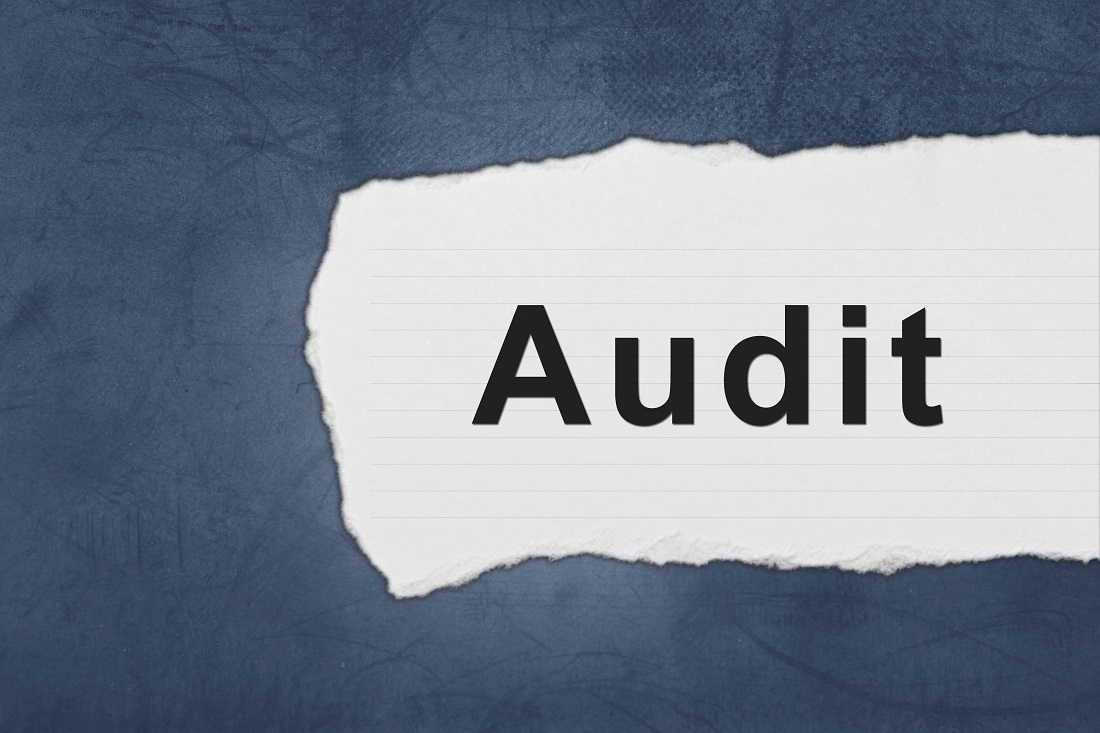IRS Examining Businesses
According to the IRS, 83% of U.S. taxpayers accurately report their income and pay their taxes. That figure isn’t so bad when you compare it with Germany at 68%, Italy at 62%, or Greece at a startling 50%. Nonetheless, the IRS audits around 0.8% of tax returns each year. If you receive notice that you’re being audited, the first thing you should do is contact our office.
There are several methods the IRS could use when auditing a business, depending on the information they need and the type of business being audited.
The IRS will use indirect methods if sufficient records are not available to be used during the audits. These include analysis of bank deposits, percentage of markup, and net worth method, among others.
The agent performing the audit will begin by analysis of bank deposits. Cash that is paid out and not deposited must be added back to this bank deposit analysis. This includes cash from credit card tips, cash collected from vending machines, and certain other funds.
Using the markup method is used in certain retail businesses. This method is employed when there is inventory that can be assessed with a consistent sale price. The IRS agent may use this method if the business owner does not have the appropriate records for examination. Market rates and the taxpayer’s own markup percentages are taken into consideration.
The examiner can use the net worth of the taxpayer to determine taxable income. This is done by calculating the total assets minus total liabilities to determine the net worth, and compare the figures at the beginning and end of each year. An IRS agent may use this method when there is a large portion of unreported sales, or if there is income from an illegal source.
Give us a call and talk to one of our CPAs today. We have years of experience dealing with the IRS and can help you with audits or any other questions you have about your business. To read more, see the full article.

